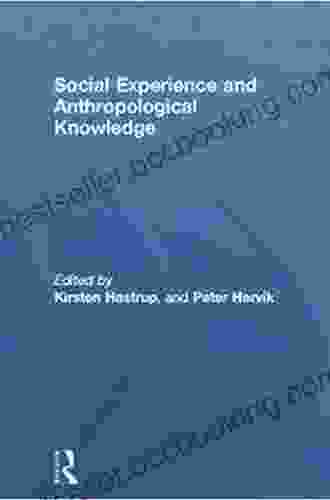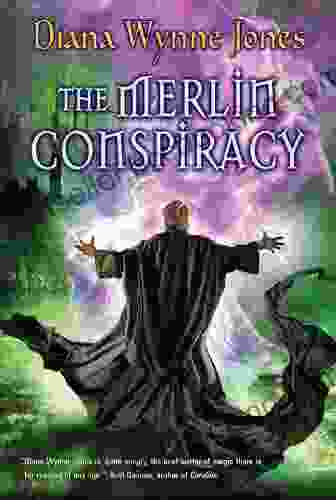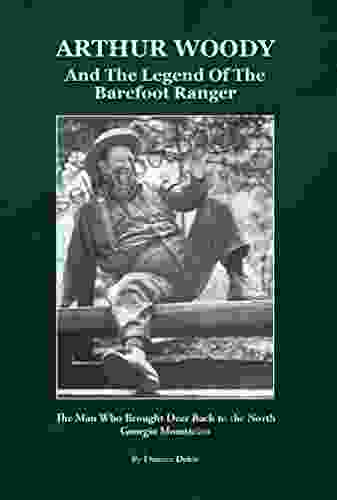: Unlocking the Enigmatic World of Crowds
The world we inhabit is a tapestry of human interactions, woven together in an intricate dance of movement, communication, and shared experiences. Among these myriad encounters, crowds stand as unique and enigmatic phenomena, offering anthropologists a compelling lens to explore the complexities of human behavior. In this article, we delve into the captivating realm of crowds, exploring the profound experiences, insights, and challenges faced by anthropologists as they immerse themselves in the heart of mass gatherings.
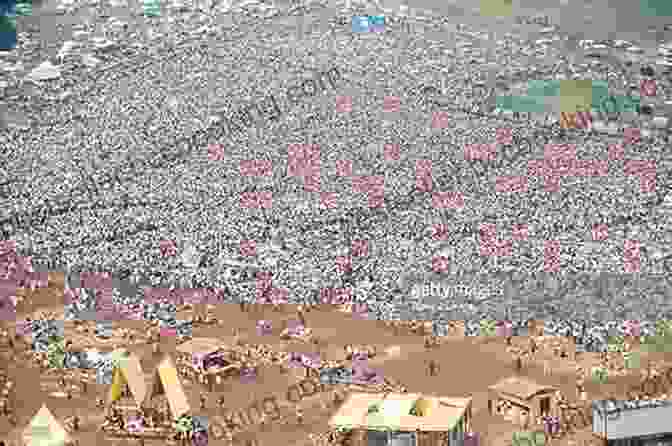
The Ethnographic Encounter: Navigating the Labyrinth of Crowds
Ethnographic research, with its emphasis on participant-observation and immersion in the field, provides an invaluable approach to studying crowds. By embracing the role of active participants within mass gatherings, anthropologists gain firsthand insights into the dynamics, norms, and rituals that shape this multifaceted social phenomenon.
However, navigating the labyrinthine corridors of crowds poses its own challenges. Anthropologists must tread carefully, balancing their role as researchers with the need to respect the privacy and autonomy of individuals. Ethical considerations play a crucial role in ensuring the dignity and well-being of participants, while maintaining the integrity and validity of the research endeavor.
Experiences and Encounters: Exploring the Spectrum of Human Emotions
As anthropologists immerse themselves in the midst of crowds, they encounter a kaleidoscopic array of human emotions and experiences. From exhilaration and collective euphoria to tension, fear, and even violence, crowds can evoke a wide range of reactions and responses.
The challenge for anthropologists lies in capturing the nuances and complexities of these emotions, understanding their underlying causes and dynamics. By closely observing and interacting with individuals within the crowd, researchers delve into the subjective experiences that shape collective behavior and the social fabric of these extraordinary gatherings.
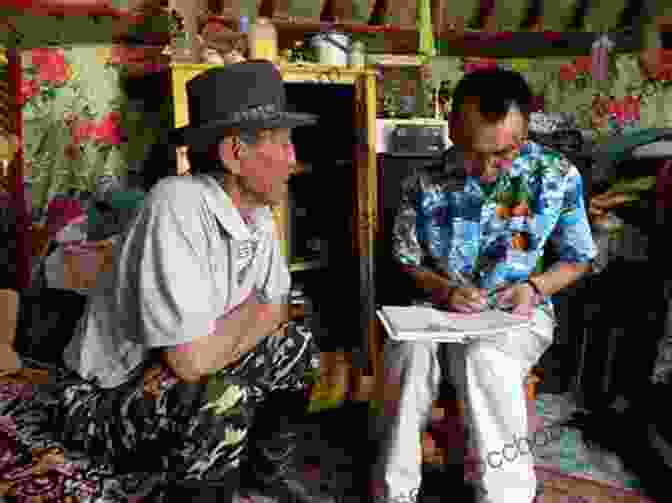
Anthropological Interpretation: Unveiling the Deeper Layers of Meaning
The insights and experiences gathered through ethnographic encounters provide a rich foundation for anthropological interpretation. By drawing upon theoretical frameworks and comparative analysis, researchers seek to unravel the deeper layers of meaning and significance embedded within crowds.
This interpretive process involves examining the social, cultural, political, and economic factors that shape crowd behavior. Anthropologists explore how crowds reflect broader societal trends, power dynamics, and cultural values. By situating their observations within a wider context, they contribute to a more nuanced and comprehensive understanding of human interactions and the complexities of collective experience.
: The Enduring Significance of Crowds in Anthropological Research
The study of crowds remains a vital and dynamic field of anthropological inquiry, offering invaluable insights into the intricacies of human behavior and social organization. Through ethnographic encounters, experiences, and interpretive analysis, anthropologists continue to illuminate the multifaceted nature of crowds, their impact on individuals and society, and their enduring significance in shaping the human experience.
By venturing into the heart of mass gatherings, anthropologists provide a unique and essential perspective on the ways in which humans interact, connect, and negotiate their place within the collective. Their work not only enriches our understanding of social phenomena but also underscores the importance of respecting and preserving the diverse voices and perspectives that emerge from within the tapestry of human experience.



